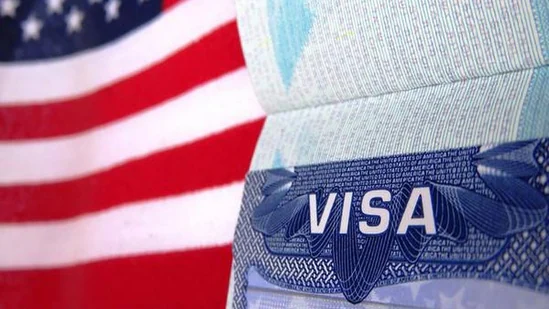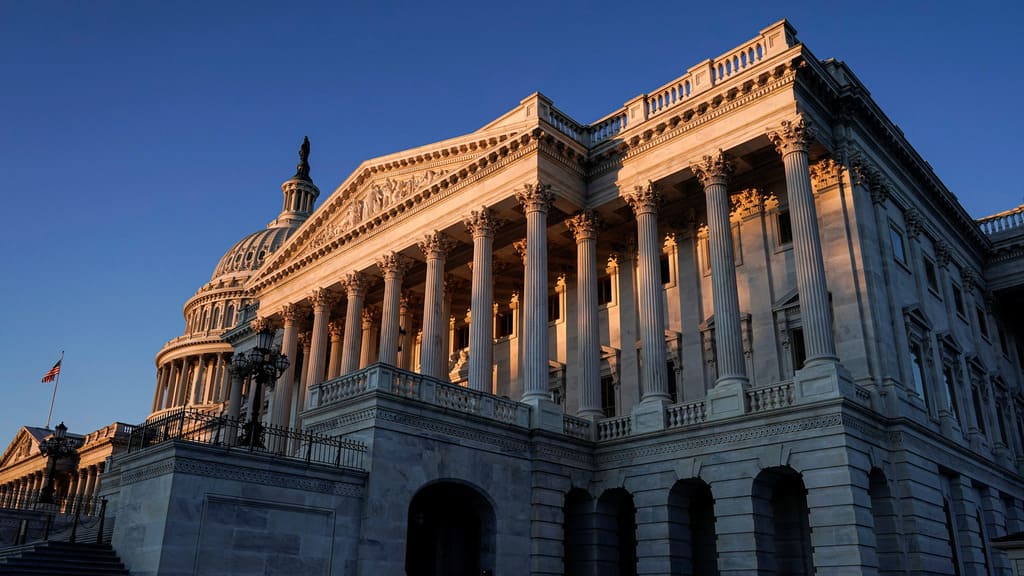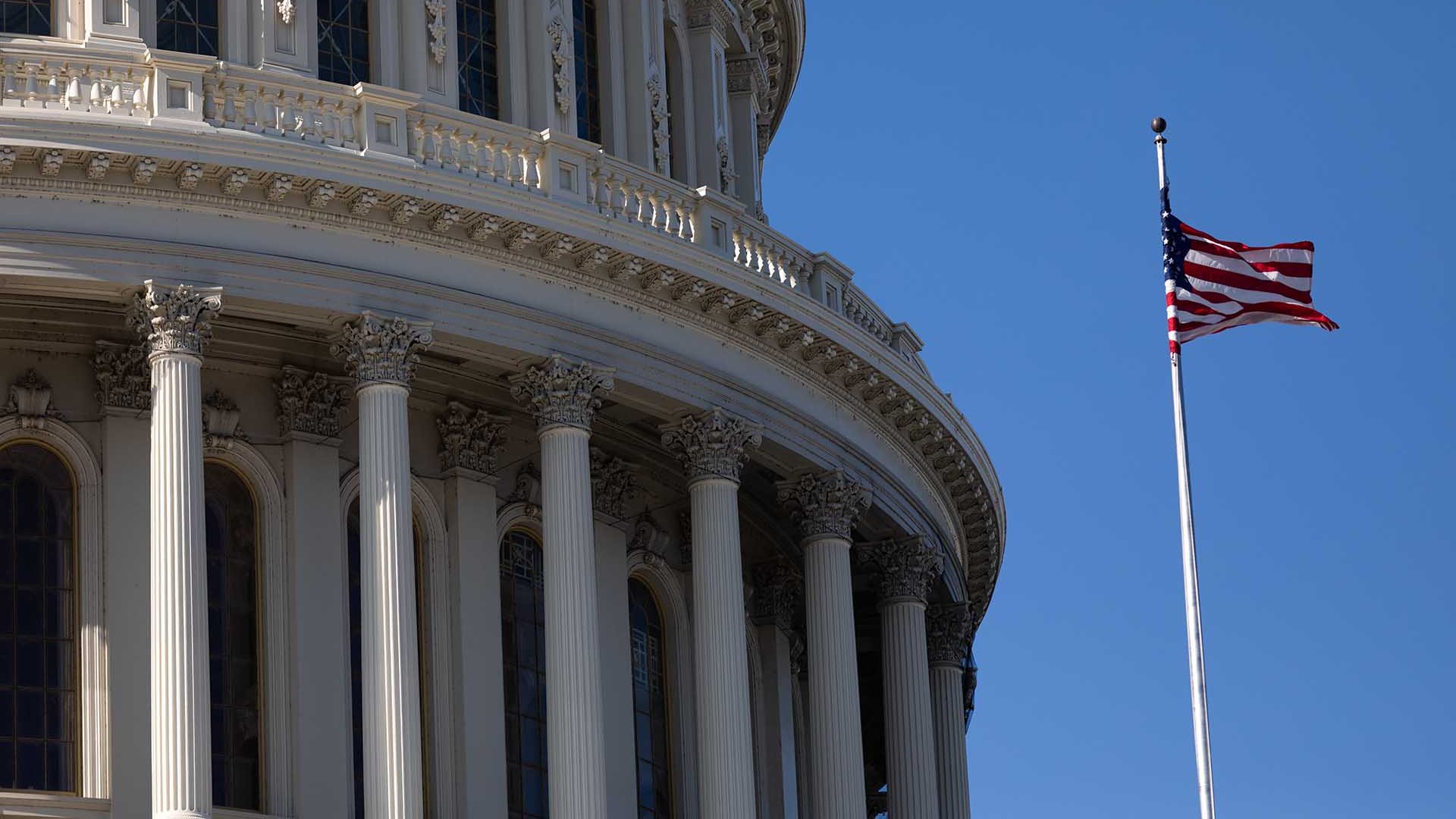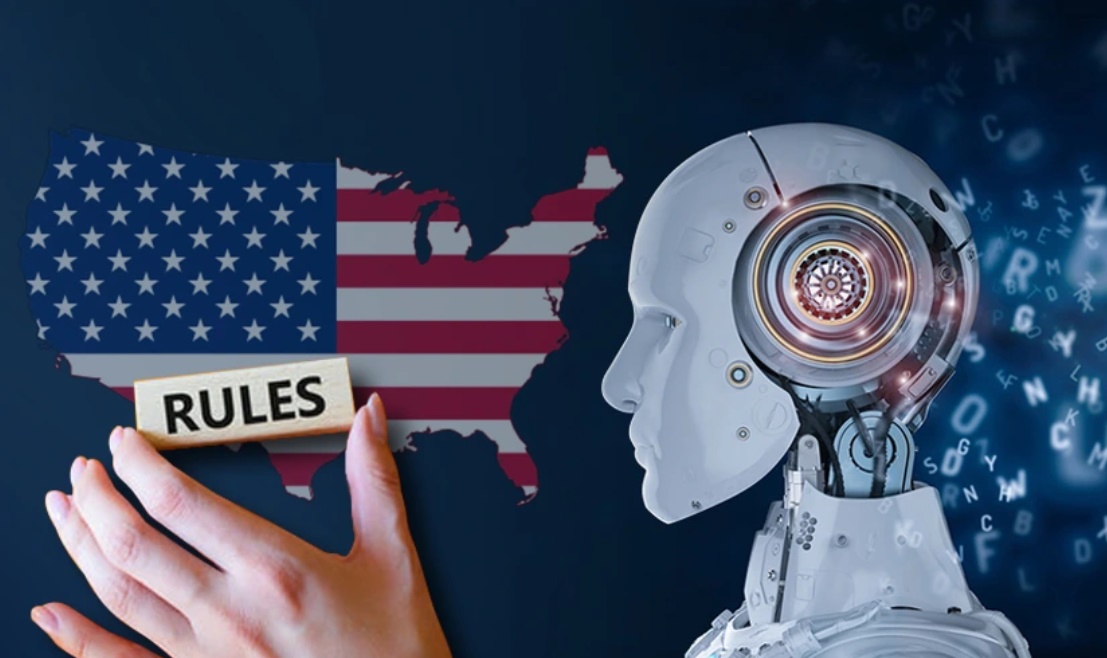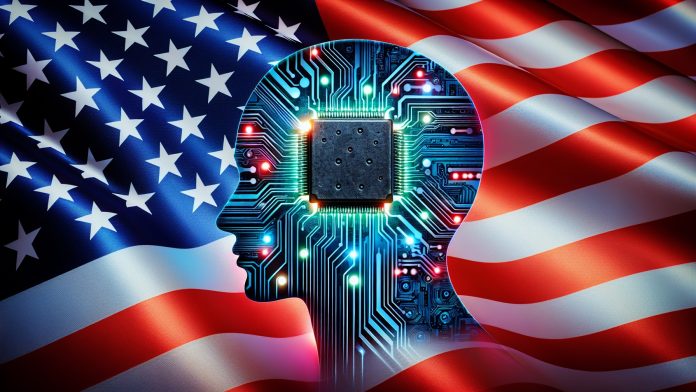⚖️🇺🇸 The Supreme Power: How America’s Highest Court Is Reshaping Politics in 2025
BynambiPublished 88 days ago
🧾 The Court's Power Surge: What Changed?
Traditionally viewed as an interpreter of law, the Court has become more proactive, some say aggressive, in rewriting the boundaries of legislation. In recent months alone, it has:
Struck down multiple state laws on environmental regulation and abortion access
Blocked executive actions regarding student loan forgiveness and immigration protections
Upheld challenges to voting procedures in key battleground states
Legal scholars are calling this a “judicial pivot point” — where the Court is no longer just an umpire, but a player on the field.
🗳️ Recent Landmark Cases
1. Pennsylvania Voting Rule Challenge (2025)
The Court rejected a Republican-backed lawsuit that aimed to limit absentee voting. The decision preserved mail-in voting and ballot drop boxes, which had become a flashpoint in recent elections.
2. Dobbs II: Federal Abortion Rights Appeal
The Court ruled that states have the ultimate authority on abortion access, rejecting federal efforts to guarantee minimum standards of care — leading to a patchwork of laws nationwide.
3. Climate Regulation Limits
In a major blow to the EPA, the Court ruled that only Congress — not federal agencies — can enact sweeping environmental regulations. This will likely delay key climate initiatives.
🗣️ Public Reactions: Confidence or Concern?
Polls show a deeply divided America:
Conservatives largely support the Court's strict interpretation of the Constitution.
Liberals accuse the Court of legislating from the bench and undermining democratic will.
Young Americans (under 35) are the most disillusioned, with only 28% expressing trust in the Court’s impartiality.
🧱 Checks, Balances, and Boundaries
The Supreme Court is designed to be independent — but in 2025, questions of bias, transparency, and ethical conflicts have resurfaced. Proposals gaining traction include:
Term limits for justices
Mandatory recusal rules
A code of ethics, which the Court still doesn’t formally have
Many believe that reform is necessary to preserve trust in the judiciary as a nonpartisan body.
🔮 The Road Ahead: 2025–2026
With more high-profile cases in the pipeline — including decisions on AI data privacy, transgender rights in schools, and federal funding for religious institutions — the Supreme Court’s influence is only growing.
As the political branches remain gridlocked, the Court could effectively determine the shape of America’s rights and freedoms for generations to come.
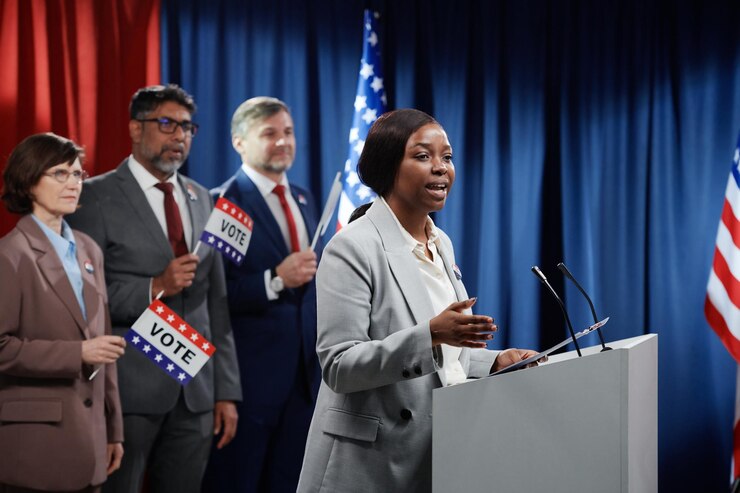






.avif)





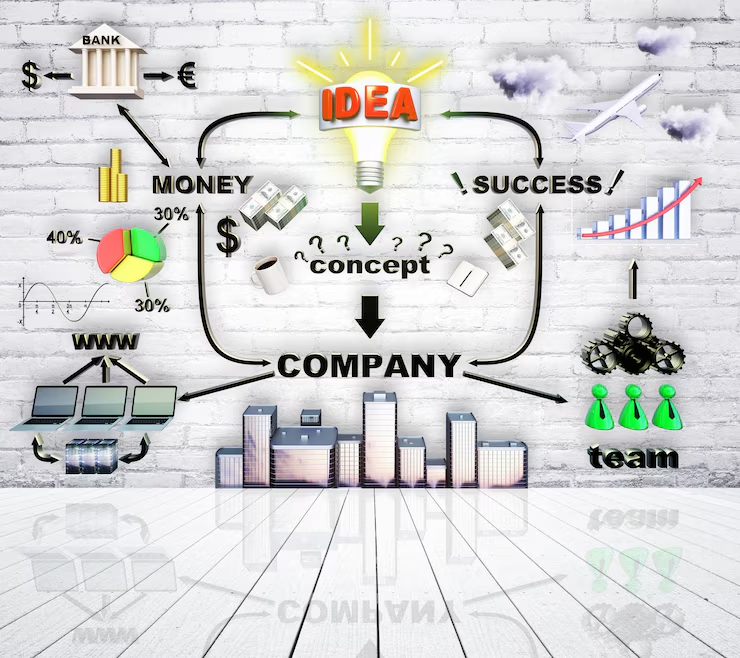

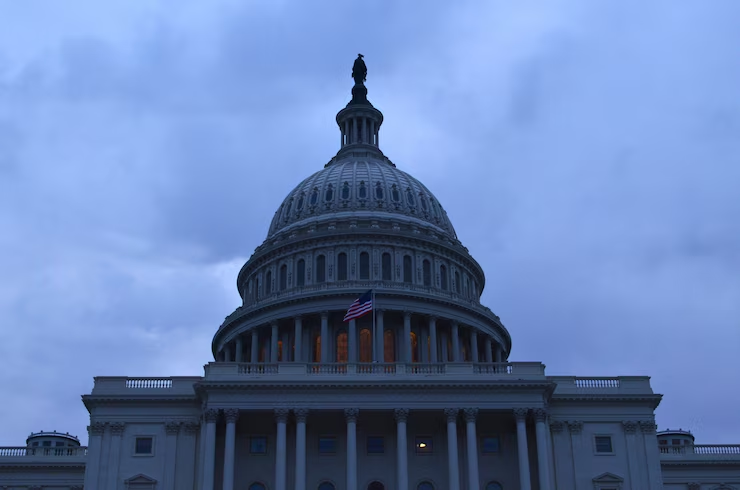
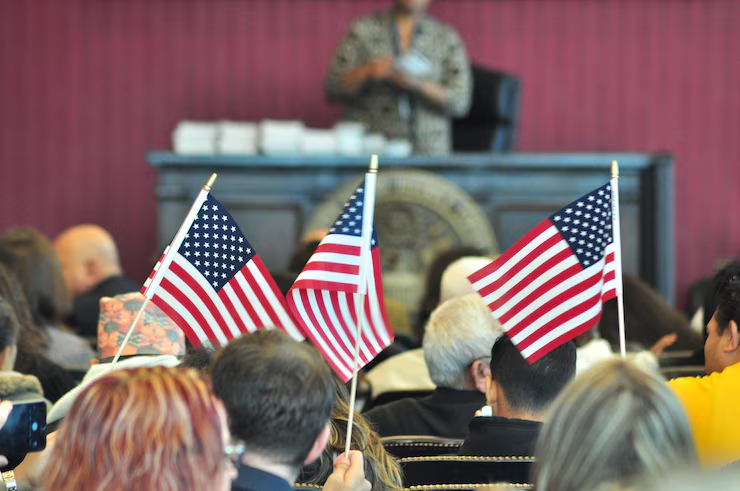





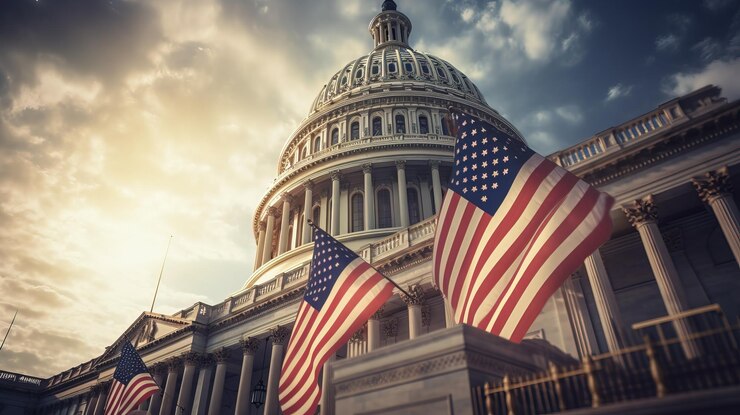

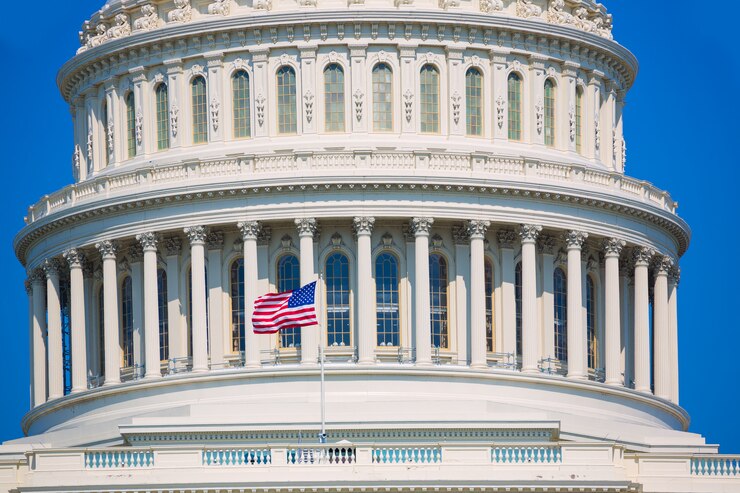
.jpg)





.png)









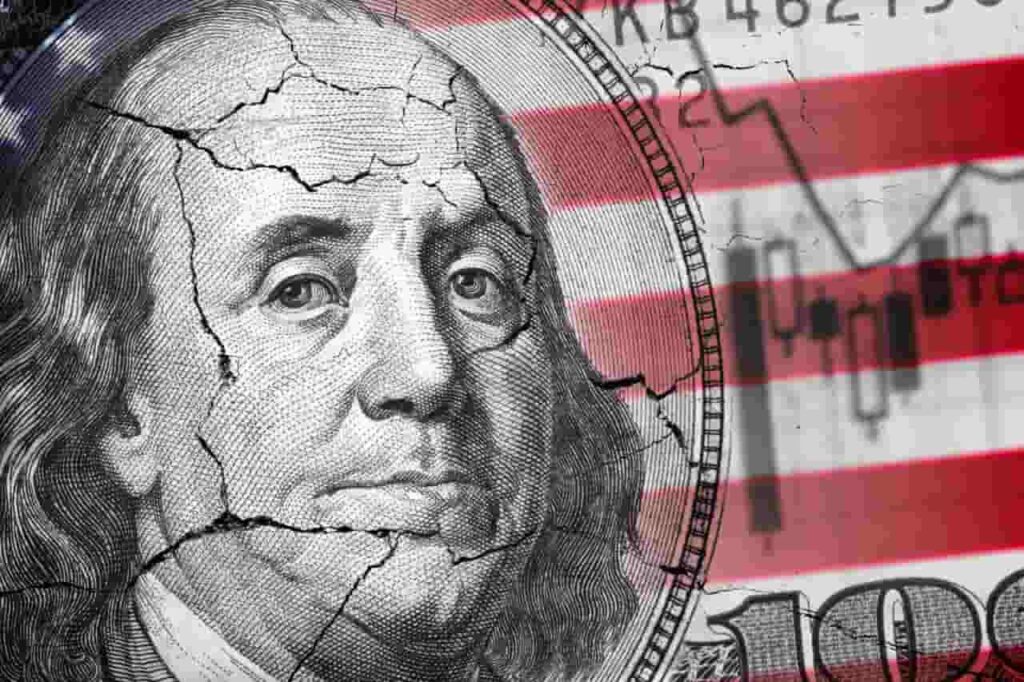








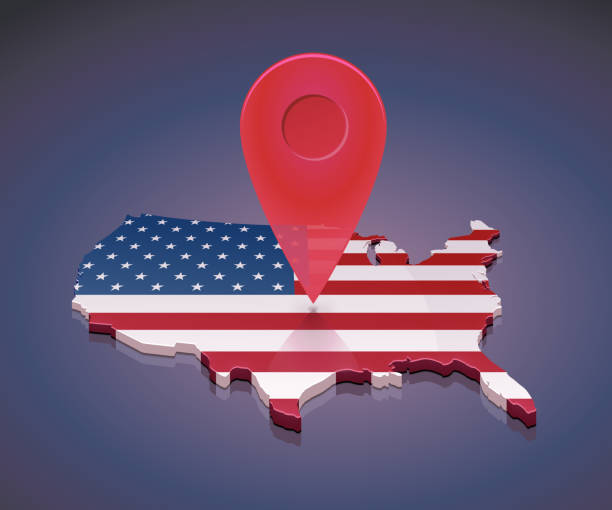




.jpg)
